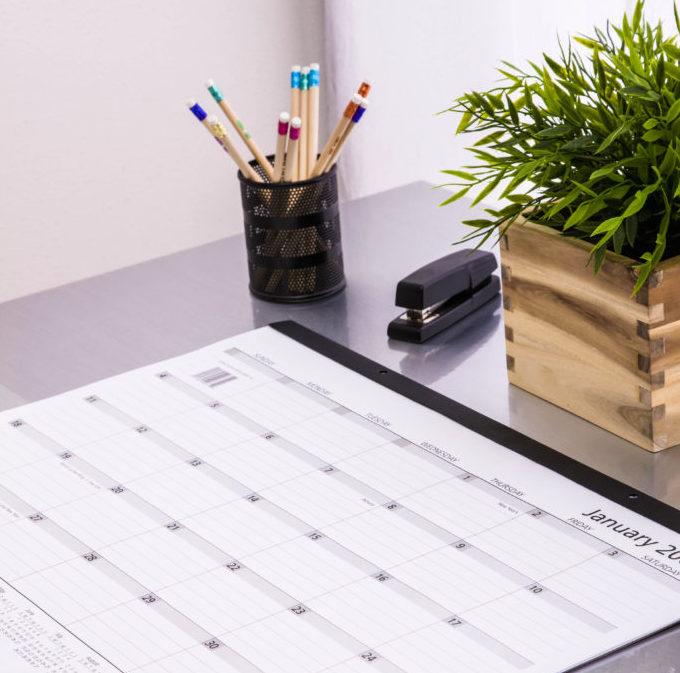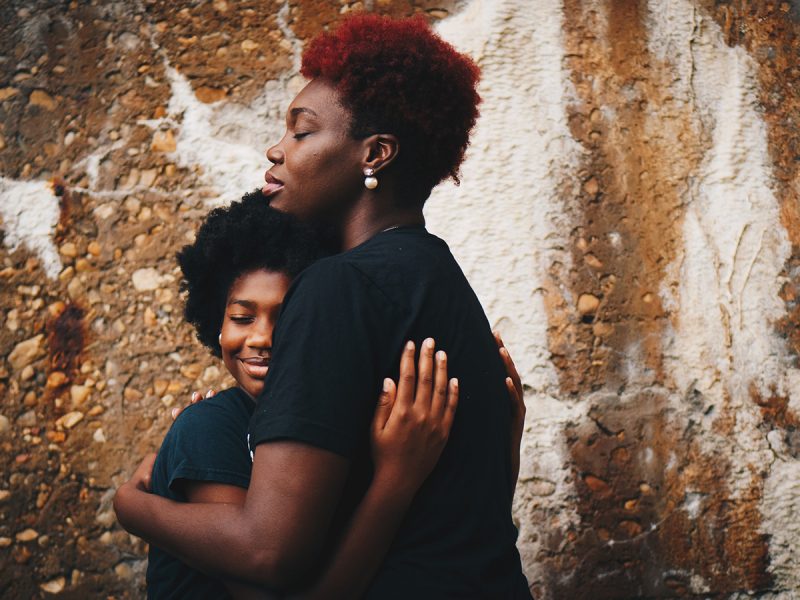
Crafting Your Roadmap to Success
It’s challenging for anyone – especially young people – to know where you’re going if you don’t have a roadmap to get there. Goal mapping is a critical strategy to give your tween or teen focus and help them visualize the upcoming year.
· There’s no better time to start mapping out goals than at the beginning of the school year. Take some time at the beginning of the schol year to sit down with your kids and talk about their plans for a successful semester.
· Ban the boring! Give your kids fun and colourful supplies to add vibrant creativity to the project.
· Discuss the framework for your child’s goals. Maybe it’s achieving academic benchmarks. Maybe it’s finding a balance between school, athletics, and social activities. Whatever the aspiration, the ultimate goal should be helping your tween/teen achieve happiness and a sense of accomplishment this school year.
· Encourage your tween or teen to pick up a pen or pencil and start plotting their path. Keep in mind, it’s not just about words on paper. This should be a creative endeavour, and can include exercises such as:
− Vision Boards – a mixture of drawings, doodles, written statements and inspirational images that all lead toward set goals
− Photo Journaling – photos accompanied by handwritten notes that share feelings, reflect on experiences and integrate goals
− Mind Mapping – the identification of one key goal with various short labels, illustrations and action items inspired from this initial concept. Continue branching out with purposeful objectives
− Daily Written Journals – if your teen is a natural writer, a daily journal is a fabulous tool for capturing ideas on paper. If daily journals are intimidating, try five minute or 52-week journals to set intention, track growth and inspire regular reflection
− Goal Flowcharts – for the analytical child, map out goals at the top of the page and identify the steps involved in achieving each goal compartmentalized below. Use bright colours to make it easier to follow, and to add a little fun
· Make the words come alive. Sometimes a picture really is worth a thousand words.
− Visual representation of text invokes emotion and communicates the passion behind the goal in a unique way
− If your teen isn’t interested in talking about their goals, showing a pictorial representation can be a great conversation starter
· Make it a family activity. Parents can participate by sharing their goals, making everyone accountable and taking some pressure off the kids
· Remember: no two goal mapping exercises will never be the same!





